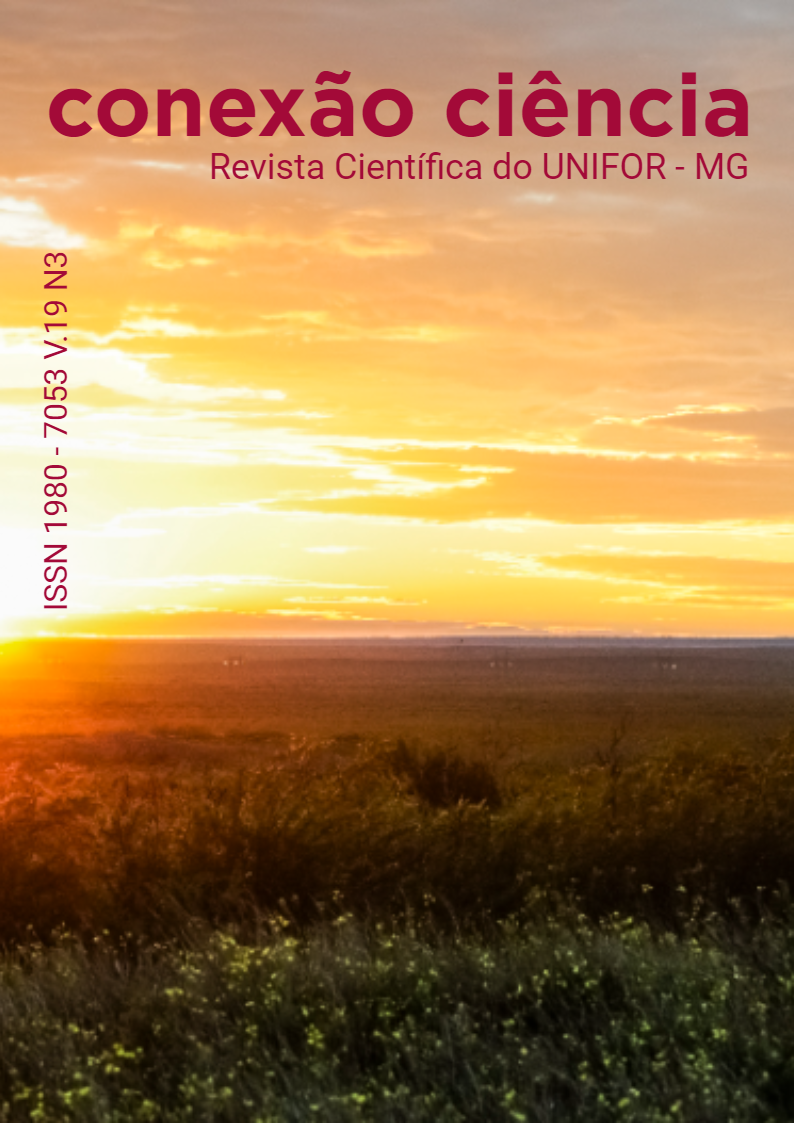Antineoplastic activity of medicinal plants from the Cerrado used by patients in cancer treatment: an integrative review
DOI:
https://doi.org/10.24862/cco.v19i3.1885Abstract
Introduction: It is observed that the use of medicinal plants among patients undergoing anticancer treatment can be performed in the expectation of minimizing the progression of the disease or collaborating against the adverse effects of therapy, however, scientific information that validates the safe use of medicinal plants is extremely relevant. Objective: to search for evidence in the literature on the antineoplastic activity of medicinal plants from the Brazilian Cerrado cited in scientific studies with cancer patients. Methods: The medicinal species were previously selected from two studies conducted in oncology units of the ACCG, in which 11 plants from the Cerrado were mentioned. The databases Virtual Health Library (VHL), Web of Science, Google scholar and Pubmed were consulted to search for scientific articles that could answer the following guiding question: "Do Cerrado medicinal plants used by patients undergoing oncological treatment present antineoplastic activity?". Results: In the electronic survey, 36 articles were included according to the inclusion criteria. The most employed researchs in the selected articles was the in vitro study, mentioned by 32 of the articles. The plants frequently cited in studies were the araticum (Annona crassiflora) in 10 studies and the barbatimão (Stryphnodendron astringens) in 7 studies. Conclusion: We conclude that the Cerrado plants listed have potential antineoplastic activities such as cytotoxicity and apoptosis of tumor cells, as well as chemopreventive effects such as antioxidant activity. However, it is still too early to guarantee the safe use of these species by the population, since most studies have not yet advanced from the preliminary phase.
Downloads
Downloads
Published
How to Cite
Issue
Section
License
Copyright (c) 2024 Conexão Ciência Online

This work is licensed under a Creative Commons Attribution 4.0 International License.



